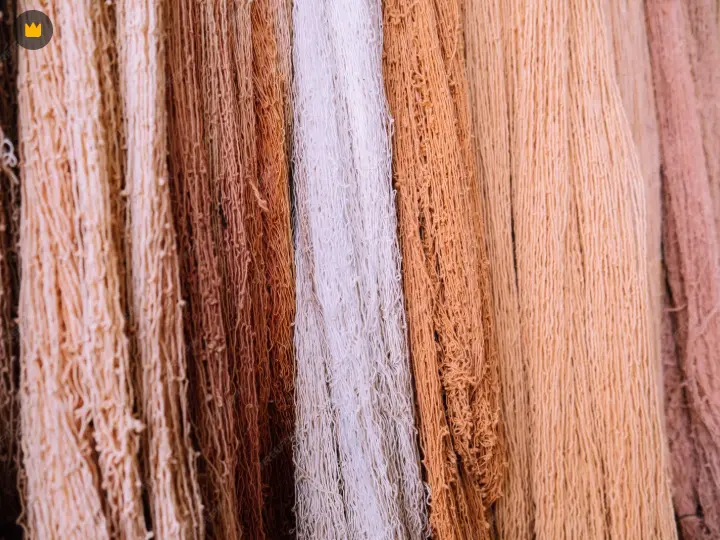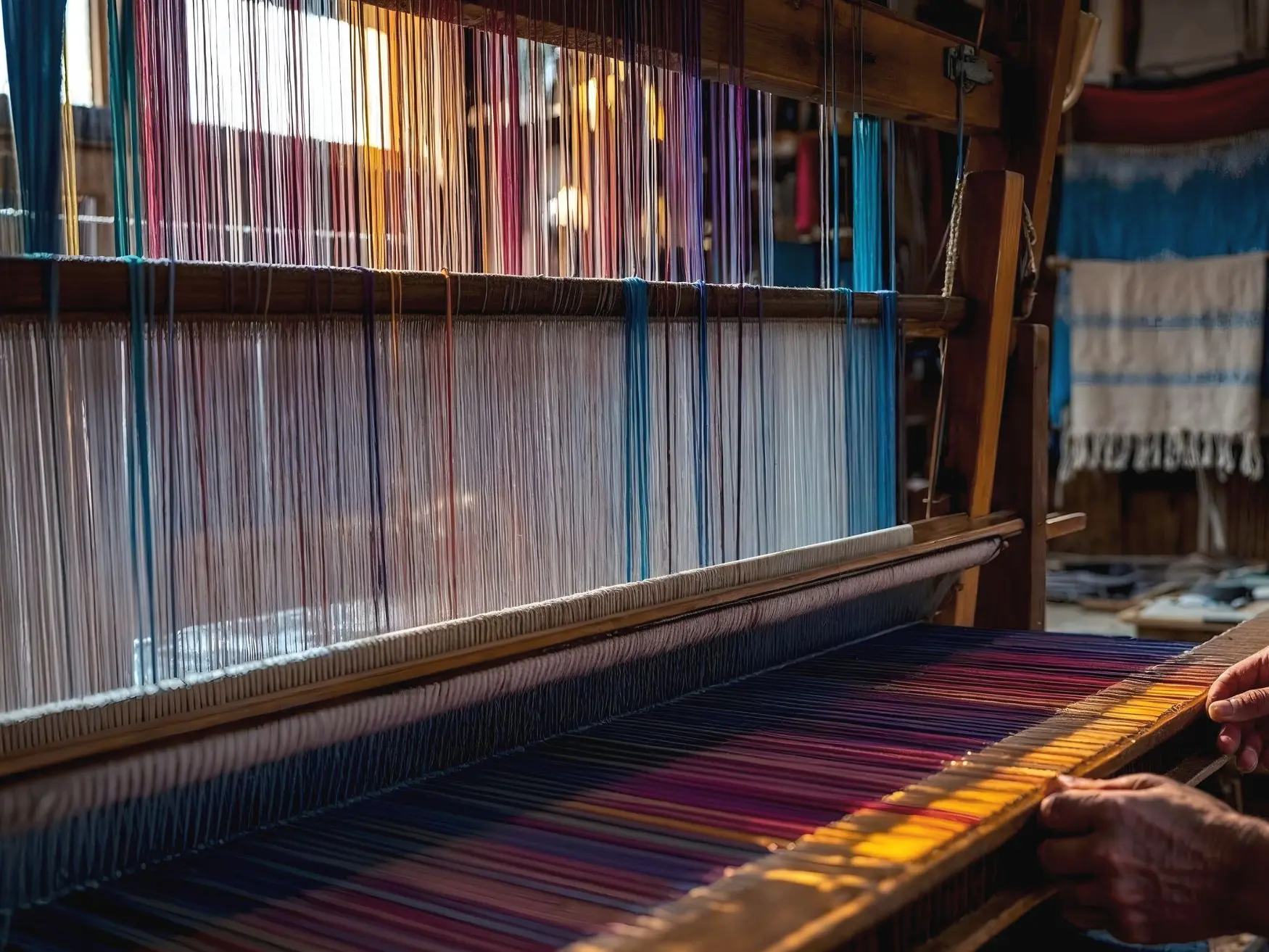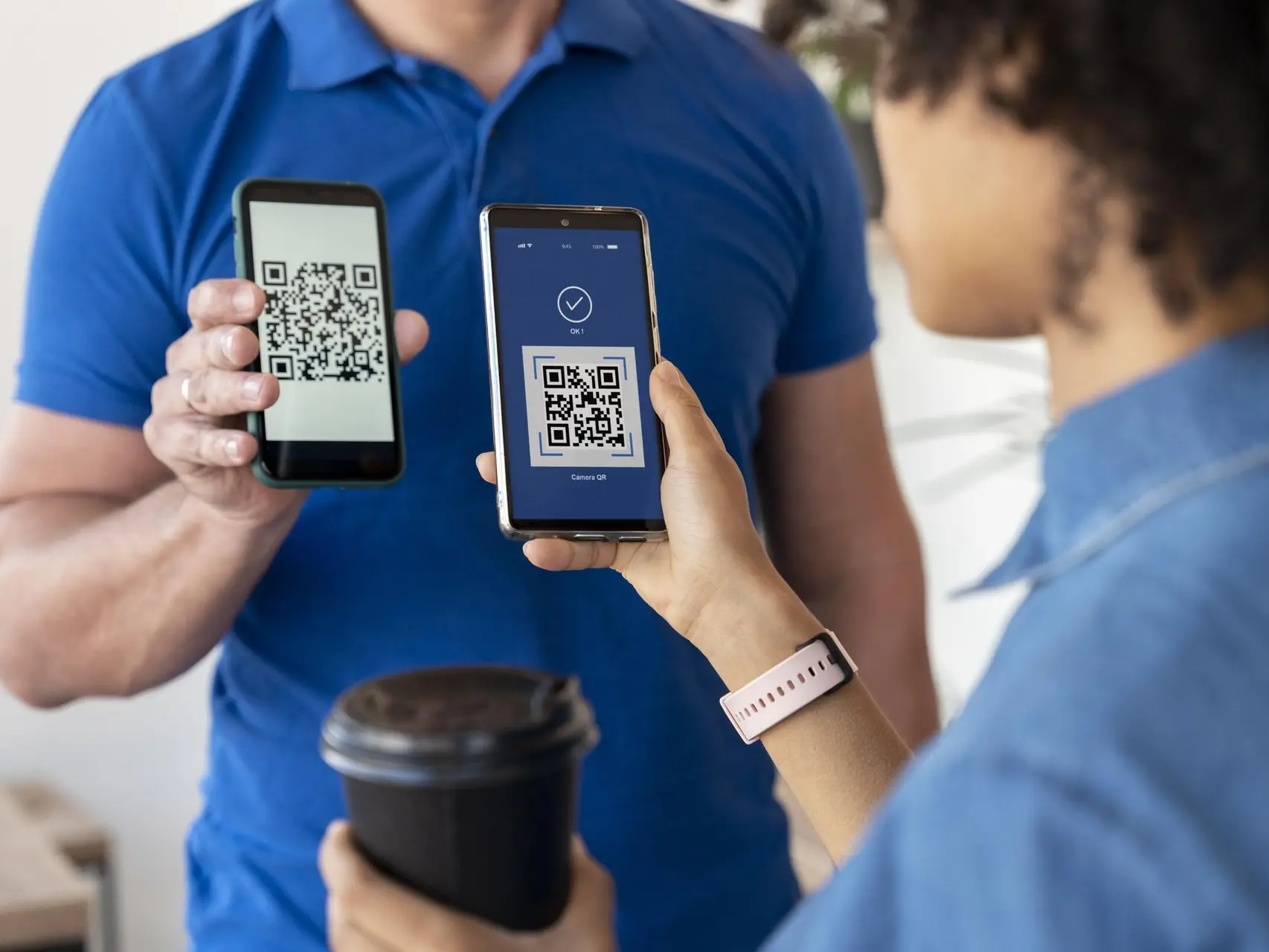For decades, luxury in fashion meant exclusivity, heritage, and craftsmanship. But in 2025, a new kind of luxury is rising — transparency. Modern consumers no longer just want beautiful clothes; they want to know where they came from, who made them, and what impact they had on the planet.
That’s where blockchain technology is transforming the fashion and textile industry — quietly but powerfully.
Blockchain is like a digital ledger — a secure online record book that can’t be erased or changed.
Every time a fabric moves — from farmer to mill to designer to store — a digital entry is made on this ledger.
Each entry contains:
- The date
- Location
- Process details
- Responsible supplier
This record stays forever, visible to everyone along the supply chain.
It’s the same technology used for cryptocurrencies, but in fashion, it’s used to track fibers, fabrics, dyes, and production steps.

Raw Material Stage
A cotton farmer tags their produce digitally, recording when and where it was harvested.

Spinning & Weaving
The spinning mill logs when the cotton is converted into yarn and then into fabric.
Dyes, chemical treatments, and water use are also added to the record.

Garment Production
The manufacturer uploads stitching and finishing details — like who made it and under what labor conditions.

Retail & QR Code
When you finally buy that shirt, there’s a QR code or NFC tag on it.
You scan it with your phone — and instantly see its entire journey from field to store.

Ethical Assurance
Brands can prove their materials are genuine and ethically sourced (no child labor, no fake certifications).

Anti-Counterfeiting
Blockchain tags make it nearly impossible to fake luxury goods — each product’s identity is digitally unique.

Sustainability Tracking
Every sustainability claim — “organic cotton,” “eco-dyed,” “low carbon” — can be verified, not just marketed.

Emotional Connection
When buyers can see the faces behind their clothes, they feel more connected — it adds human value to fashion.
Prada & LVMH (Aura Blockchain Consortium)
Big luxury groups like LVMH, Prada, and Cartier created
a shared blockchain network to give every
product a digital “passport.”
Customers can scan and verify the product’s
authenticity and sustainability instantly.
H&M’s Circular Supply Chain
The brand is using blockchain to trace recycled
fibers and ensure transparency in second-life materials.
India’s Textile Sector
Some Indian mills in Tiruppur and Surat are now
experimenting with QR tagging for organic cotton
tracking — especially for export to Europe,
where transparency rules (like the EU Green Deal)
are tightening.
Everledger & Provenance Projects
Startups like Everledger and Provenance are partnering with
fashion brands to digitize supply chains and certify origin.
India is one of the world’s largest textile producers, but also one of the most complex.
Cotton passes through dozens of hands before becoming a finished fabric.
Blockchain brings clarity:
- It helps exporters prove authenticity of organic or handloom products.
- It strengthens buyer confidence for global clients who demand verified sourcing.
- It empowers local artisans by digitally linking them to international markets.
By 2026, many Indian manufacturers will likely adopt blockchain tagging — not just for luxury, but for credibility and traceability.
Challenges:
- High setup costs for small suppliers
- Digital literacy gaps in rural production units
- Data entry reliability — the chain is only as strong as the honesty of its inputs
- Integration complexity between different software systems
Future Outlook:
Still, experts predict that blockchain will be standard in fashion by 2030, especially as:
- Governments enforce transparency laws
- Brands face greenwashing backlash
- Consumers demand verified sustainability

